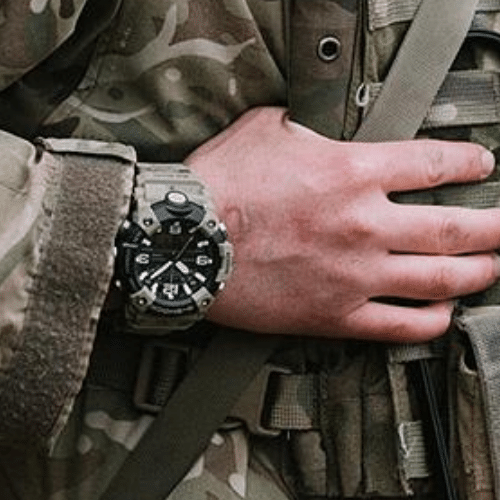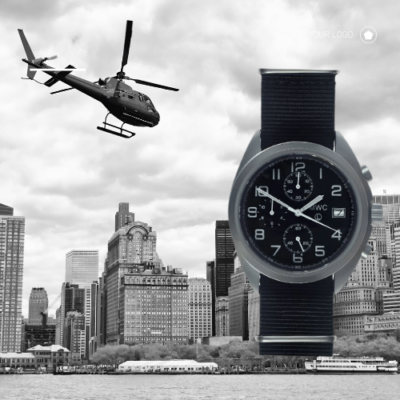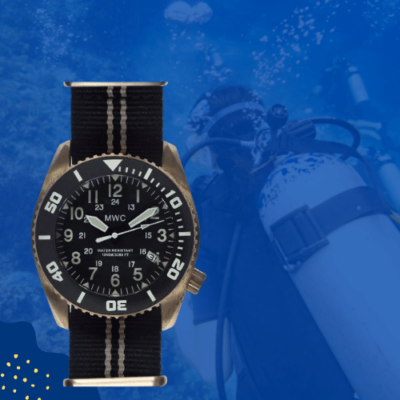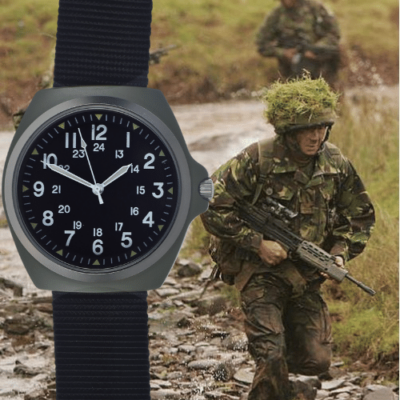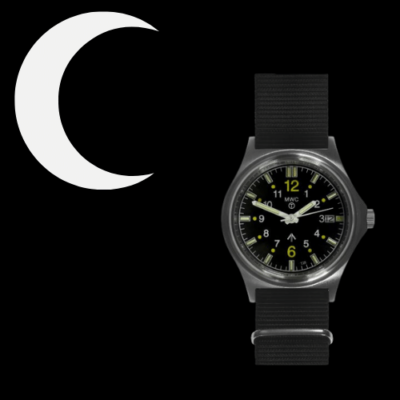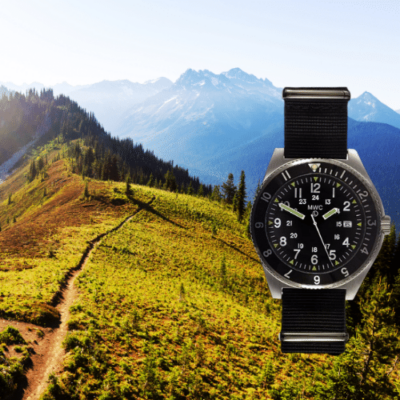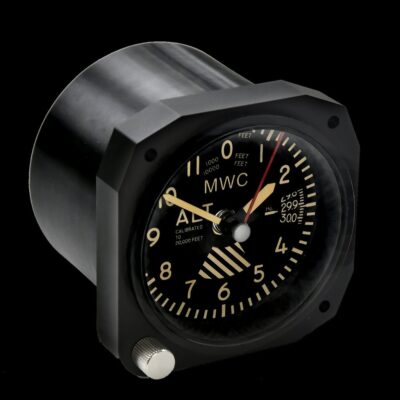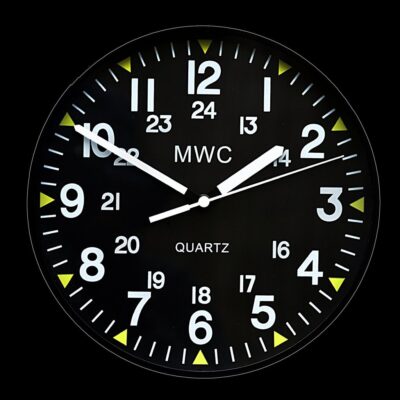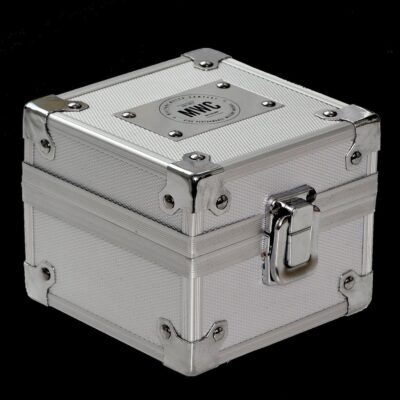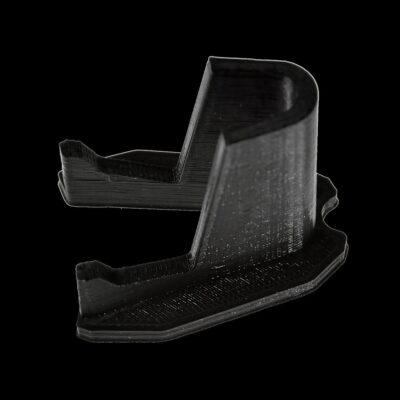News
Did Iran Just Confirm Major New Air Defence Imports? Anti-Air Network Restored
Deputy Operations Chief of the Iranian Armed Forces Rear Admiral Mahmoud Mousavi has confirmed that the country’s air defence systems damaged during hostilities with Israel and the United States from June 13-24 have all been replaced. “Some of our air defences were damaged, this is not something we can hide, but our colleagues have used domestic resources and replaced them with pre-arranged systems that were stored in suitable locations in order to keep the airspace secure,” he stated. “We were able to cover the skies using existing and new systems, securing the airspace of our dear Iran… The enemy, despite its desperate efforts, failed to achieve its goals,” the admiral added.
Chief of Staff of the Armed Forces Major General Abdolrahim Mousavi echoed this message, stating: “Air defence proved on the front lines of protecting Iran’s skies that it will resist any level of threat.” “Downing so many enemy aircraft shows the courage and will of our defenders,” the chief of staff added, although the veracity of Iranian claims regarding shootdowns of enemy aircraft remains uncertain. Iranian air defences during hostilities were hampered by attacks from within the country by Israel and Western organised paramilitary forces, which played a vital role in striking sensitive targets and sowing chaos within the country.

Iran’s ability to replenish losses from a period of high intensity engagements, during which the destruction of its air defences systems was a priority for Israeli and U.S. forces, remains in serous question, and while the country’s domestic industry for air defence systems is significant, its scale is not likely to have been sufficient to replace losses within under a month of hostiles ending. The reported replacement of lost and damaged air defence systems follows reports in early July from a number of regional sources reported that the Iranian Air Defence Forces were receiving Chinese-made long range air defence systems. While the development of short and medium range air defence systems poses significantly less difficulties, meaning Iran’s indigenous systems may be closer to peer level competition with their most capable foreign successors, Chinese supplies of longer ranged systems and supporting electronic warfare, radar and command and control systems may have a particularly significant impact on Iranian defensive capabilities. As by far the most widely produced long range surface-to-air missile system outside Russia, the Chinese HQ-9B is considered the most likely system to have been supplied should such reports be true.

Iran’s defence sector produces its own long range air defence systems, most prominently the Bavar 373, which began development in the early 2010s and has entered service in three major variants since 2016. The Iranian Defence Ministry’s decision to proceed with the procurement of Russian S-300PMU-2 air defence system in 2016, however, provided an indication that the Bavar 373 was not considered sufficient for long range air defence roles at the time. The indigenous system has since seen its capabilities improved considerably. Commenting on the new Bavar 373 variant unveiled in 2021, Iranian Deputy Defence Minister Brigadier General Mahdi Farahi, who formerly served as the head of the country’s Aerospace Industries Organization, claimed in August that year: “New editions of the Bavar-373 are coming and soon, a new edition that may be at the same or higher level than S400 will be unveiled.” A new variant of the system was subsequently unveiled on April 17, 2024 with an extended 300 kilometre engagement range. The system has been credited with the shooting down of three of four Israeli F-35I fighters that Iranian government sources claim were deserted during hostilities in June.

